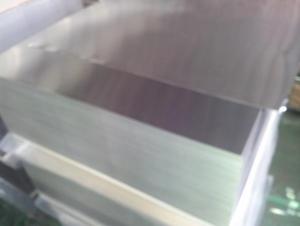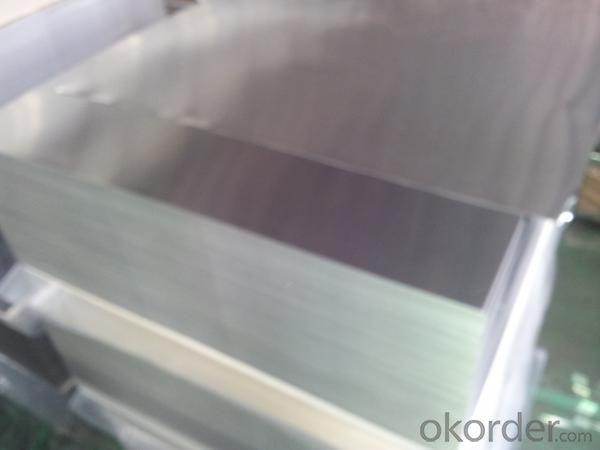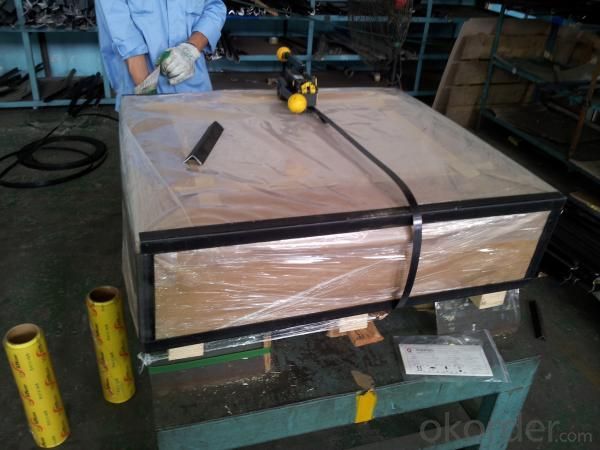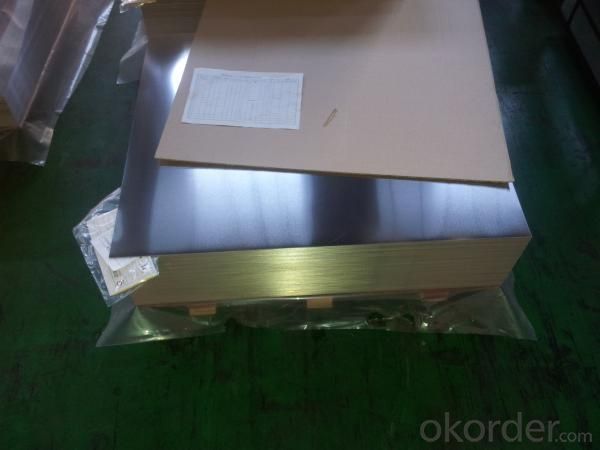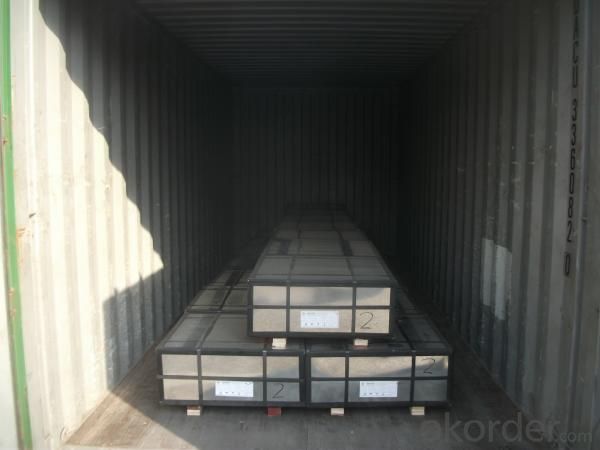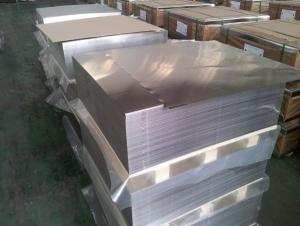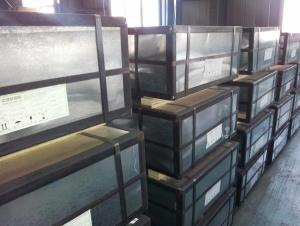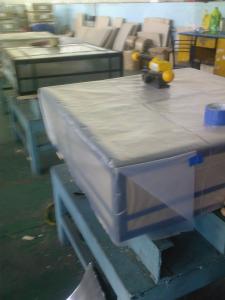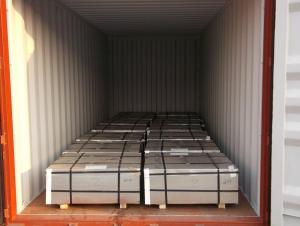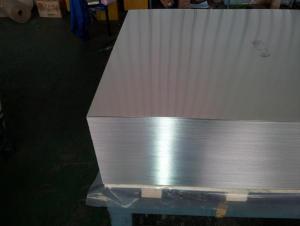Tinplate For Milk Powder Can-CFX
- Loading Port:
- China Main Port
- Payment Terms:
- TT or L/C
- Min Order Qty:
- 20 Tons ~25 Tons m.t.
- Supply Capability:
- 40000 MT Per Month m.t./month
OKorder Service Pledge
OKorder Financial Service
You Might Also Like
General information of Tinplate for Milk Power Can
|
Steel Type |
MR |
|
Temper (BA&CA) |
T1~T5, DR8 |
|
Coating |
2.8~8.4g/m2 |
|
Thickness & Tolerance |
0.15~0.5mm (Tolerance:±0.01mm) |
|
Width & Tolerance |
600~1000 mm(Tolerance: +2/-0mm) |
|
I.D |
508 MM |
|
Coil Weight |
3~10 MT |
|
Passivation |
311 |
|
Oiling |
DOS |
|
Surface Finish |
Bright ,Stone ,Silver ,Matte |
|
Min Order |
25 Tons for 1 20 feet FCL |
|
Package |
Seaworthy Export Standard Wooden Pallet |
|
Standard Available |
GB/T2520-2000, JIS G3303, ASTM A623, BS EN10202 |
|
Lead Time |
35 days after receiving buyer's original L/C or Prepayment |
|
Special specifications are available on customers' requirements. | |
Technical data of Tinplate for Milk Power Can
|
Chemical Composition(%) |
Mechanical Property |
|
C:0.02~0.04 |
Yield Strength: (Mpa):280~320 |
|
Si:0.01~0.03 |
TensileStrength: (Mpa):340~390 |
|
Mn:0.18~0.22 |
Elongation:20%~30% |
|
P:0.014~0.016 |
------------- |
|
S:0.006~0.009 |
Application of Tinplate for Milk Power Can
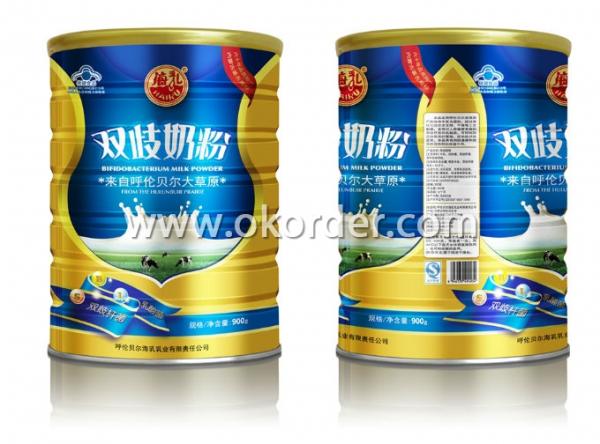
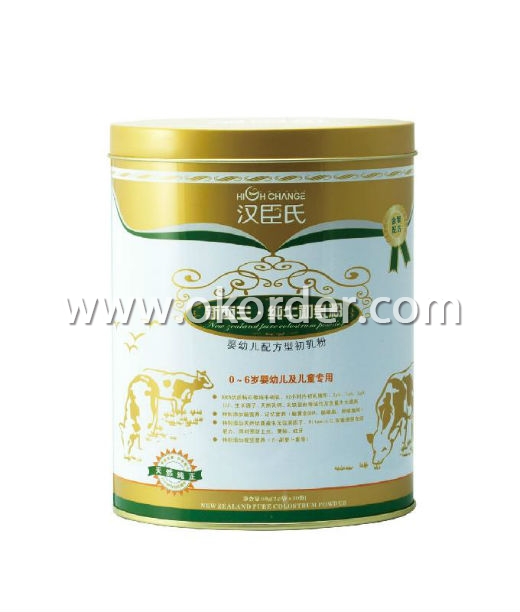
Tinplate is widely used for making all types of containers such as artistic cans, tea cans, painting cans,
chemical package cans and metal printing etc. Its applications are not limited to containers; recently,
tinplate has also been used for making electrical machinery parts and many other products.
Equipment and Facility of Tinplate
Tin Coating Line

Cold Rolling Mill Batch Annealing Furnaces
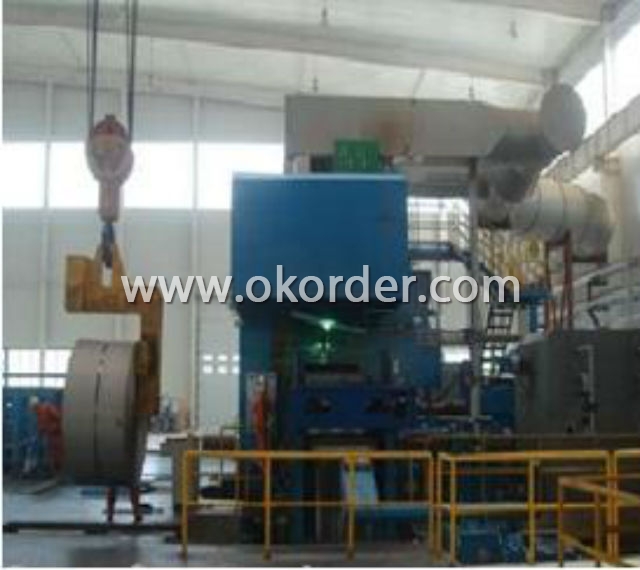
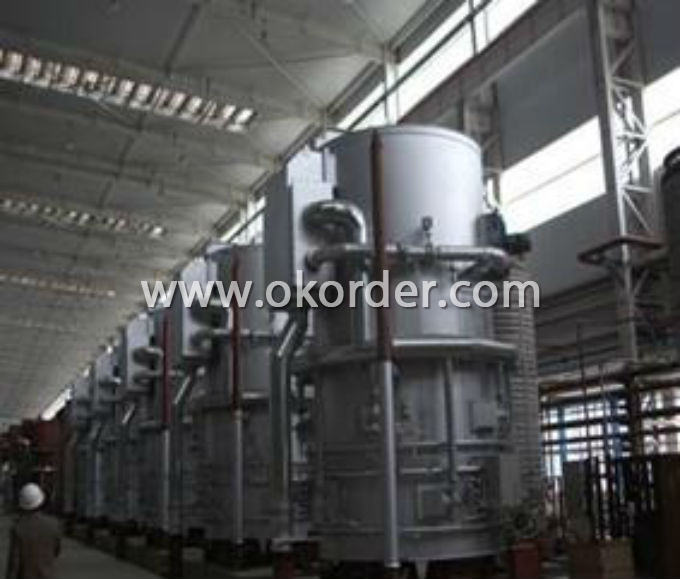
Cutting Line Stock Area
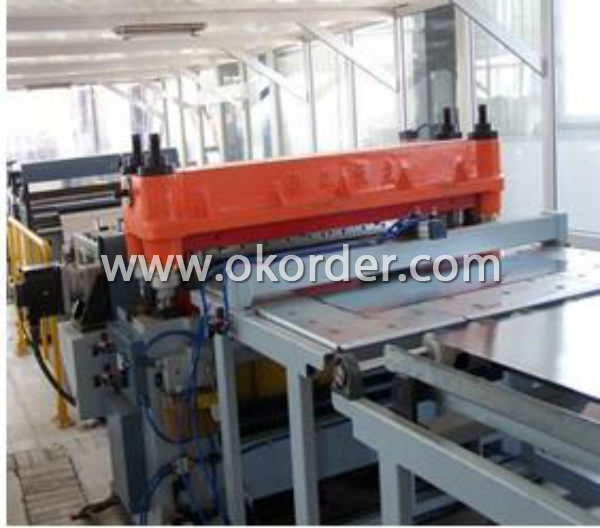
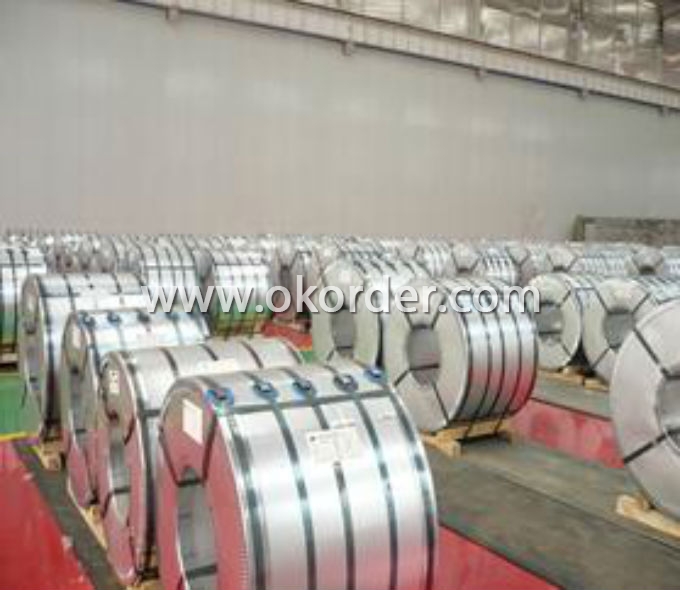
Quantity Control System of Tinplate
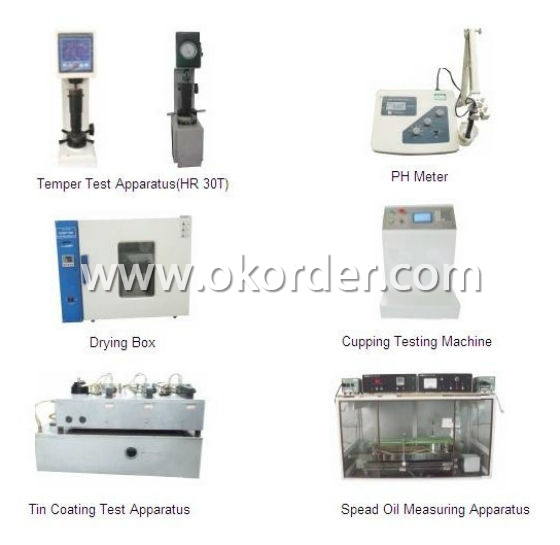
- Q: How does tinplate contribute to the overall protection of packaged products?
- Tinplate contributes to the overall protection of packaged products by providing a durable and corrosion-resistant material that helps to prevent contamination, spoilage, and damage during storage and transportation. Its robustness acts as a barrier against external factors such as moisture, oxygen, light, and microorganisms, safeguarding the quality and integrity of the packaged items. Additionally, tinplate's ability to maintain a consistent temperature helps to preserve the freshness and taste of perishable goods, making it an ideal choice for protecting packaged products.
- Q: What are the different types of tin coatings used on tinplate?
- There are primarily three types of tin coatings used on tinplate: electrolytic tinplate (ETP), black plate, and tin-free steel (TFS). ETP is the most common type and provides excellent corrosion resistance and solderability. Black plate is uncoated tinplate, often used for industrial applications or as a base for other coatings. TFS, on the other hand, replaces the tin coating with a thin layer of chromium or chromium oxide, offering similar corrosion resistance but without the use of tin.
- Q: How does tinplate handle exposure to pressure and impact?
- Tinplate is known for its excellent ability to handle exposure to pressure and impact. Its durable and sturdy nature allows it to withstand external forces without deformation or breakage. This makes tinplate suitable for various applications where it needs to withstand pressure or impacts, such as packaging, cans, and industrial components.
- Q: Is tinplate resistant to corrosion?
- Yes, tinplate is resistant to corrosion.
- Q: What are the industry standards for tinplate?
- The industry standards for tinplate typically include specifications regarding the tin coating thickness, base metal quality, surface finish, dimensional tolerances, and other relevant characteristics. These standards are established by organizations such as the International Organization for Standardization (ISO) and the American Society for Testing and Materials (ASTM), ensuring consistency and quality across the tinplate industry.
- Q: What are the main differences between tinplate and tinplate laminates in terms of barrier properties?
- Tinplate is a type of steel coated with a thin layer of tin, while tinplate laminates consist of tinplate combined with other materials such as plastic or paper. In terms of barrier properties, tinplate has a higher level of barrier protection against moisture, oxygen, and light compared to tinplate laminates. This is because tinplate provides a solid and impermeable barrier, whereas laminates may have lower barrier properties due to the presence of other materials. However, tinplate laminates can still offer sufficient barrier properties depending on the specific composition and application.
- Q: What is the cost of tinplate?
- The cost of tinplate varies depending on factors such as the market demand, quantity purchased, and quality specifications. It is best to check with suppliers or market sources for the current pricing.
- Q: What are the key factors to consider when choosing tinplate for packaging?
- When choosing tinplate for packaging, key factors to consider include the thickness and strength of the material, its corrosion resistance, the ease of printing and branding on the surface, the overall cost, and its sustainability and recyclability. These factors ensure that the tinplate packaging will provide adequate protection, maintain product quality, and align with environmental considerations.
- Q: Tin can weldingHow can the side of the column of the pop top be welded or pressed?,
- Mainly divided into the tank, the tank cover and the tank bottom three parts. The tank body is made of a piece of iron material through the curl bending machine, by using copper welder and welding. Now the mainstream of aerosol cans, food cans and beverage cans are produced by this method.
- Q: What are the health and safety concerns associated with tinplate?
- Tinplate, a thin steel sheet coated with a layer of tin, can present some health and safety concerns. One primary concern is the potential for tin contamination in food or beverage products stored in tinplate cans. Prolonged exposure to high levels of tin can lead to health issues such as gastrointestinal problems, kidney damage, and even neurological disorders. Additionally, the manufacturing process of tinplate involves the use of chemicals and substances that may pose risks to workers, such as potential inhalation hazards or skin irritation. Proper handling, storage, and adherence to safety guidelines are crucial to minimize health and safety risks associated with tinplate.
1. Manufacturer Overview
| Location | Hebei,China |
| Year Established | 2006 |
| Annual Output Value | Above US$100 Million |
| Main Markets | Singapore;Belgium |
| Company Certifications |
2. Manufacturer Certificates
| a) Certification Name | |
| Range | |
| Reference | |
| Validity Period |
3. Manufacturer Capability
| a) Trade Capacity | |
| Nearest Port | Tianjin |
| Export Percentage | 1% - 10% |
| No.of Employees in Trade Department | |
| Language Spoken: | English;Chinese |
| b) Factory Information | |
| Factory Size: | Above 240,000 square meters |
| No. of Production Lines | Above 11 |
| Contract Manufacturing | |
| Product Price Range | High;Average |
Send your message to us
Tinplate For Milk Powder Can-CFX
- Loading Port:
- China Main Port
- Payment Terms:
- TT or L/C
- Min Order Qty:
- 20 Tons ~25 Tons m.t.
- Supply Capability:
- 40000 MT Per Month m.t./month
OKorder Service Pledge
OKorder Financial Service
Similar products
Hot products
Hot Searches
Related keywords


